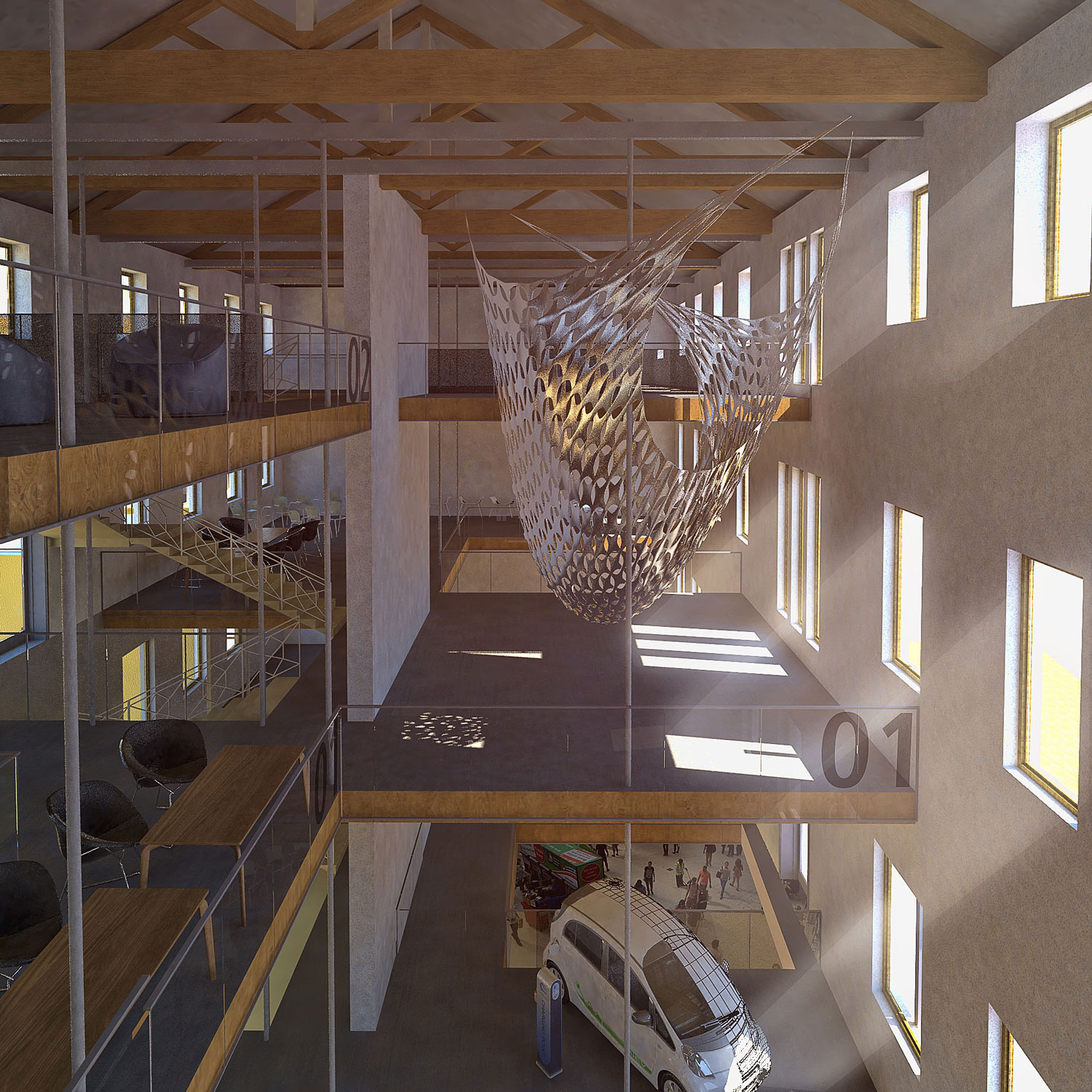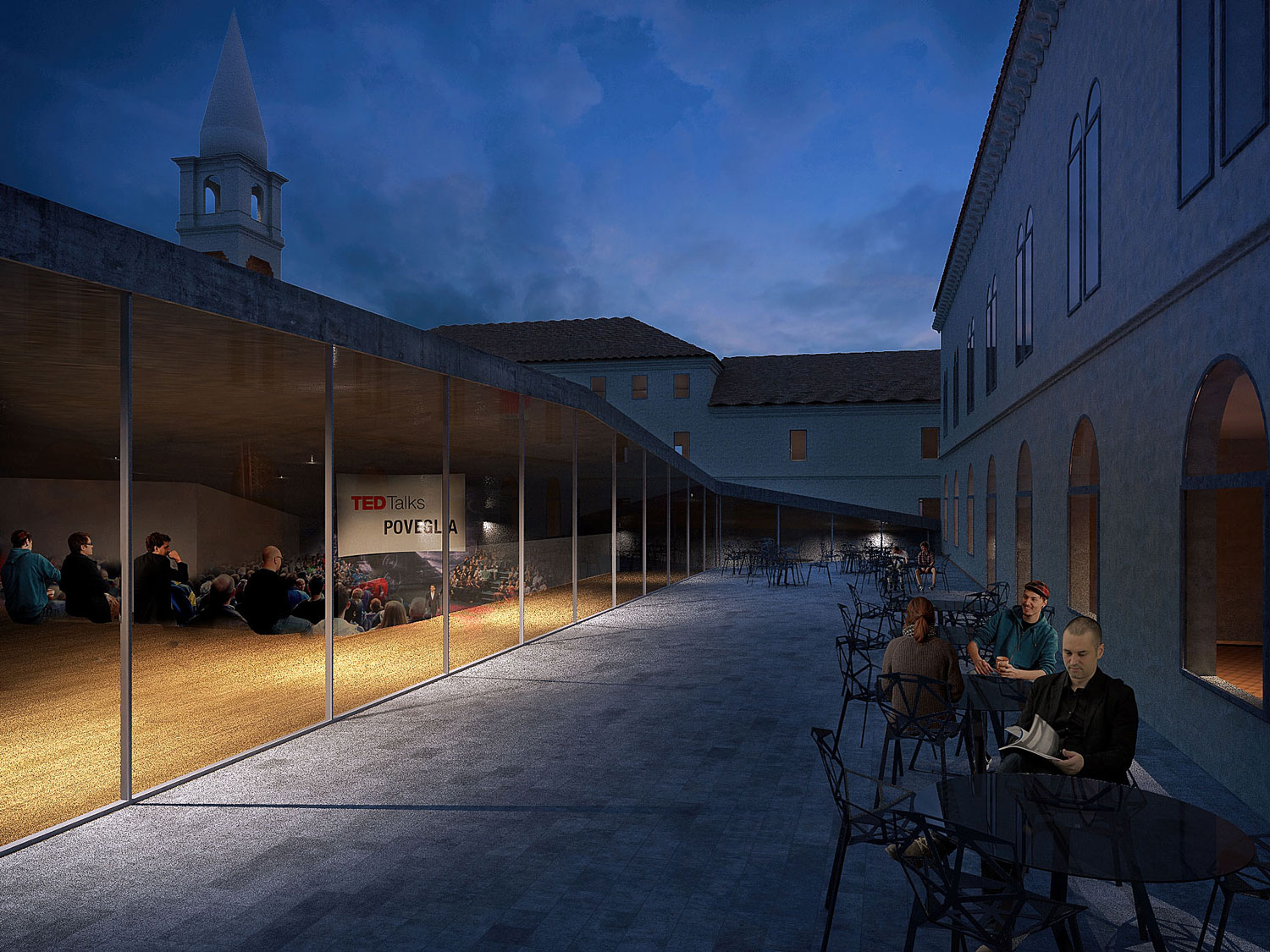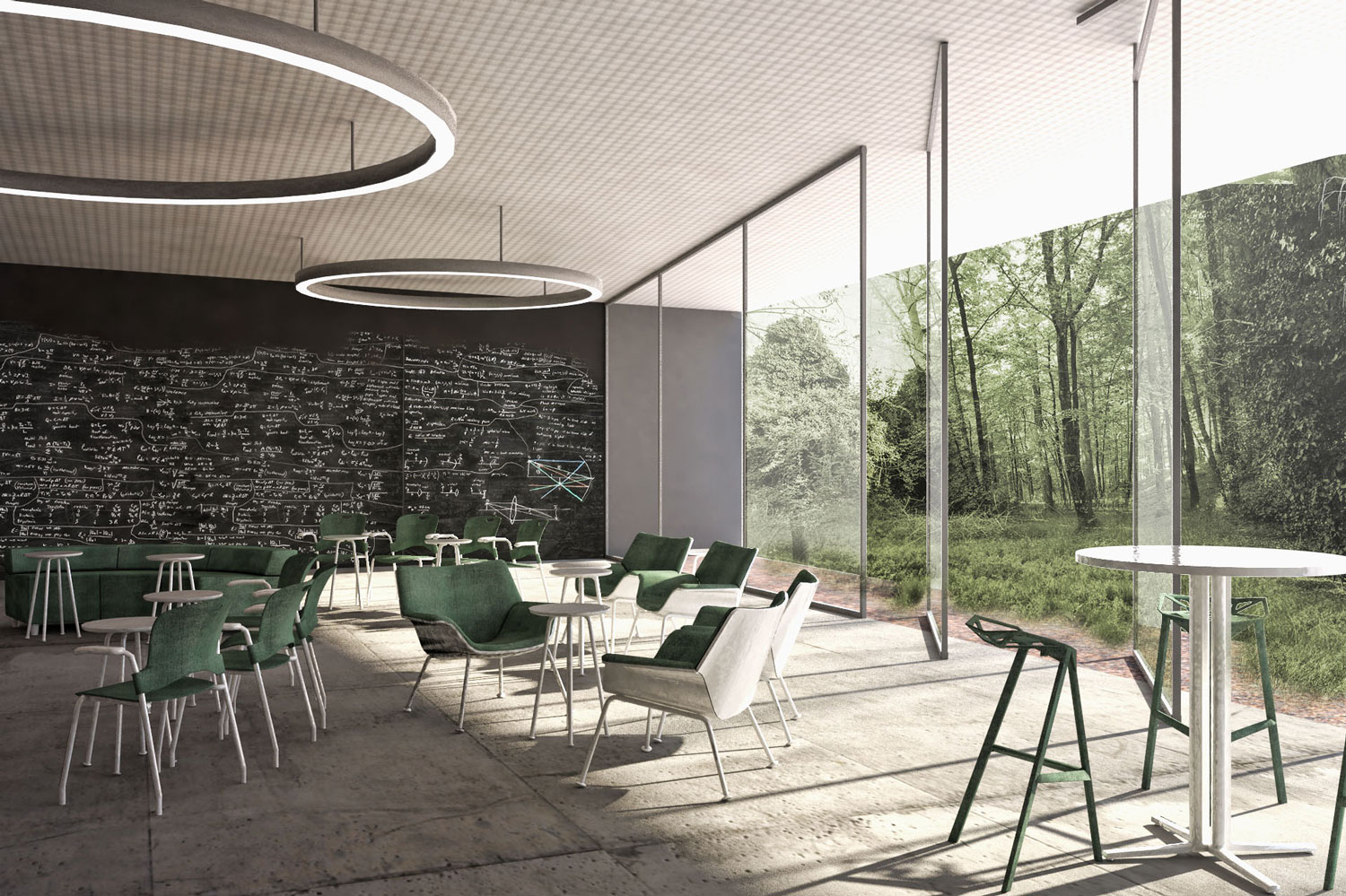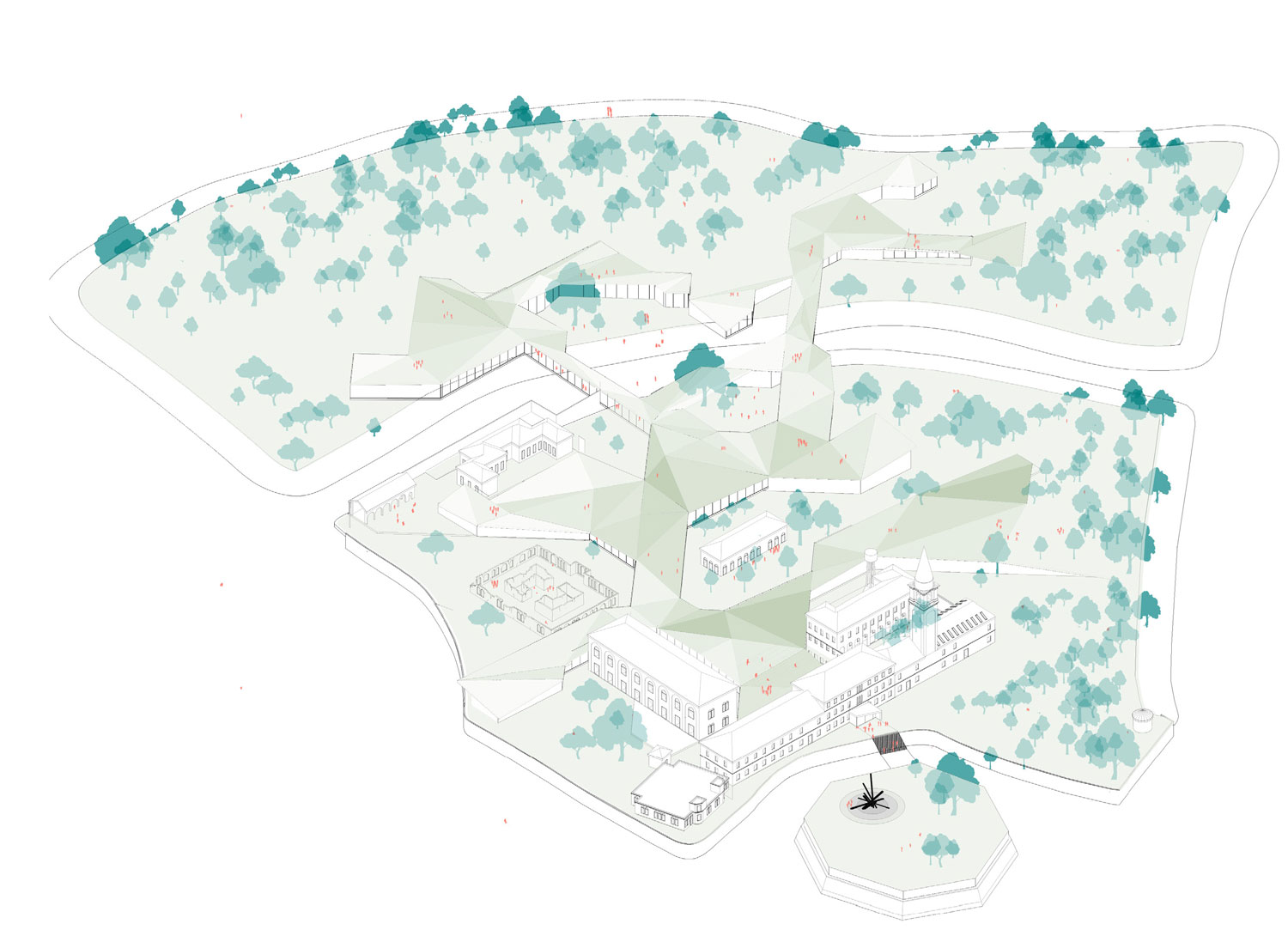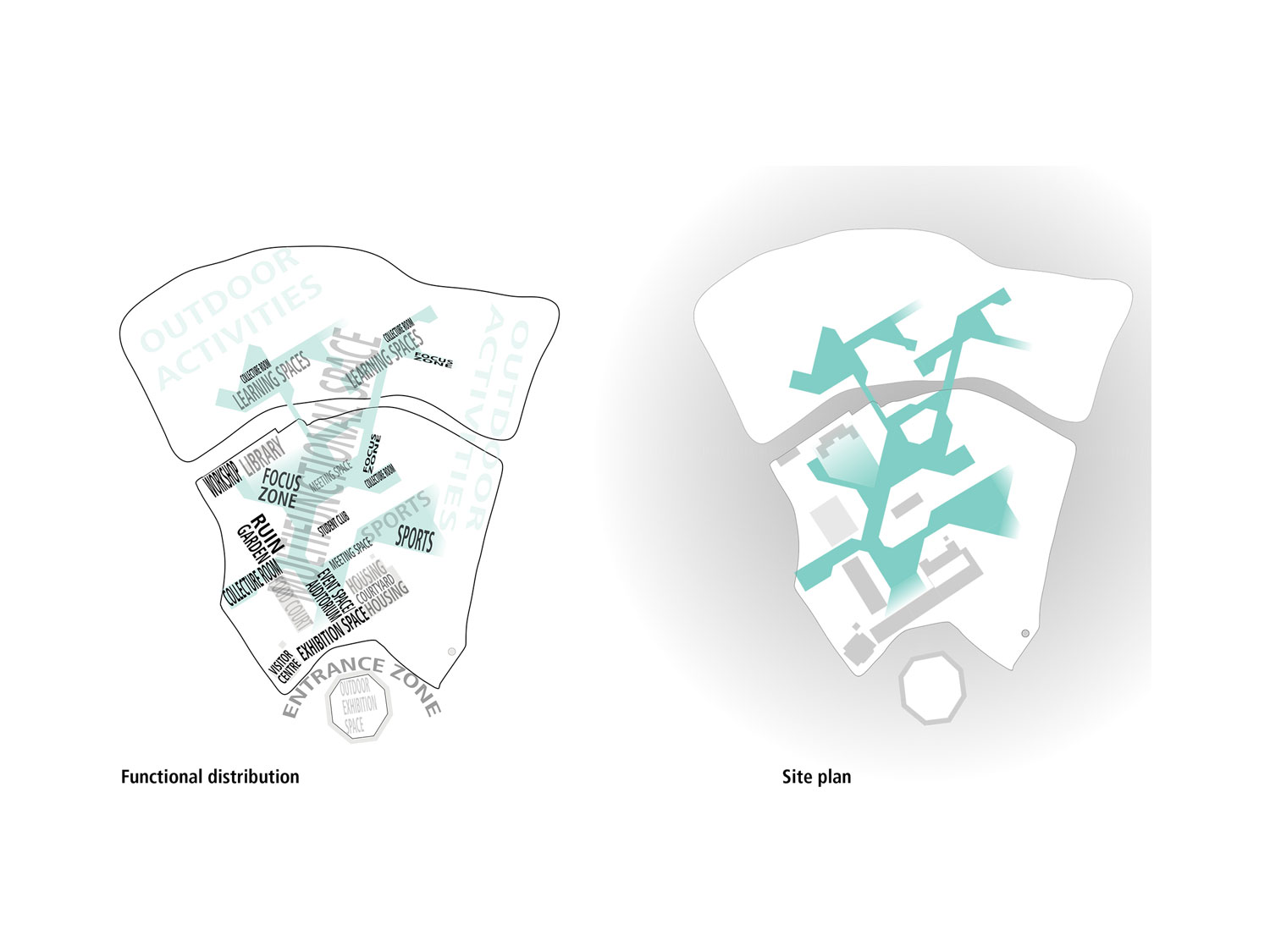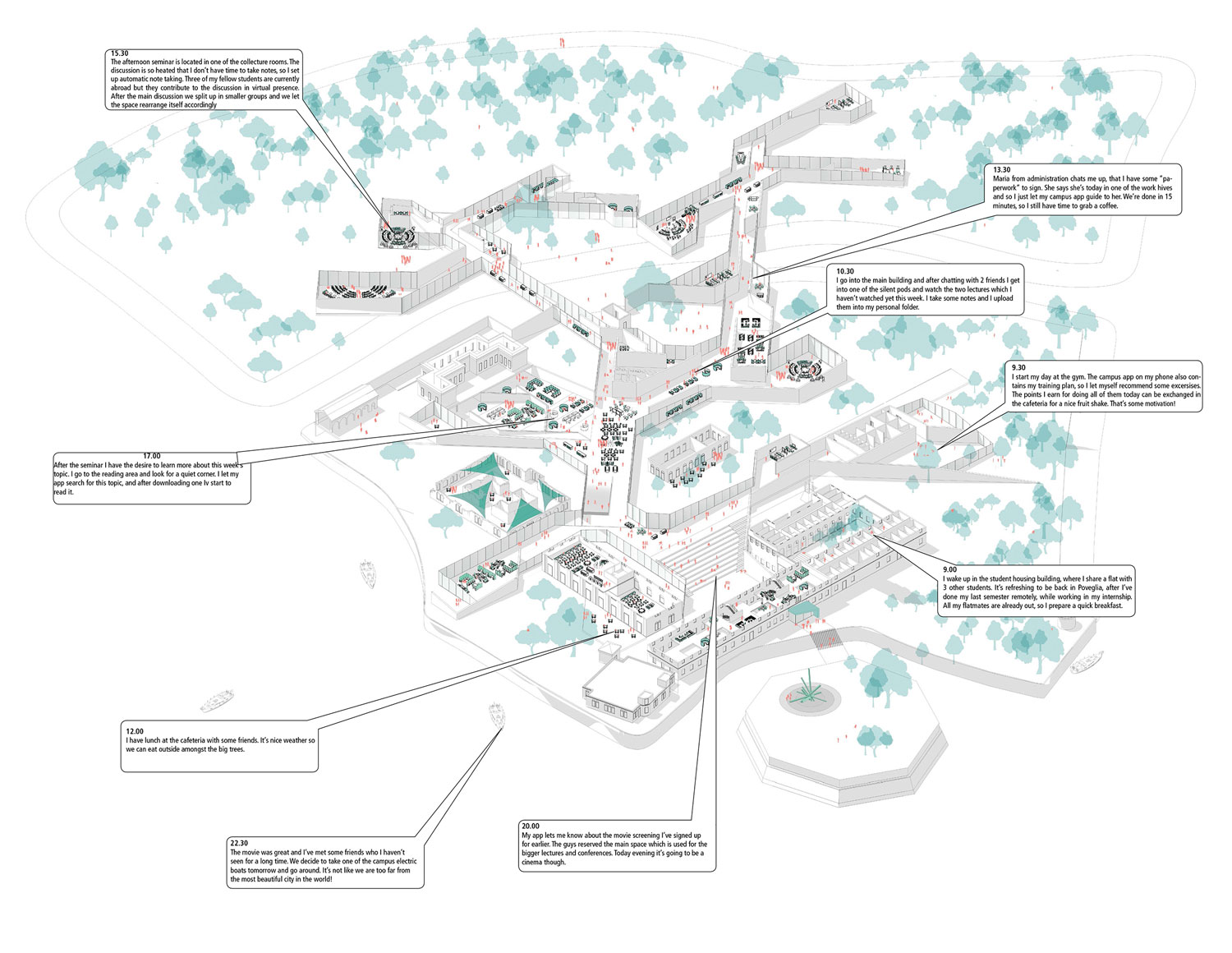1823-ROD-VCE.IT-2016
Client: Young Architects Competitions
Status: Competition (2016)
Clasification: Selected
Location: Venice, Italy
Coordinates: 45.381767, 12.331406
Climate: Humid subtropical, Temperate
Material: Undefined
Environment: Seaside
Visualizer: Studio
Scale: 78.000 ㎡ Large
Types: Education, University
Our aim was to define how an university campus of the future looks like. We used the competition for reusing the island of Poveglia (close to Venice) to show how this vision could look like in a given location.
Universities were always the beacon of science throughout history. They evolved with time. Starting from the college campuses from the middle ages to the mega universities of the 20th century they morphed according to the zeitgeist of the time. Today we live in a world of rapid changes. Powerful computers in our pockets, virtual realities, the sharing economy, flexible workspaces, artificial intelligence are and will increasingly shape the way we live. Education and universities are oftentimes at the forefront of these developments.
University Poveglia takes this one step further. It is a model for how the campus of the future will function and look like. However, this place is even more than that. Due to its surrounding deeply embedded in the history it also provides a connection to the past while looking into the future. All this in a lush green setting, where the students, professors, workers and tourists as well can relax and reflect.
One can find a lot of similarities between the developments of cities and university campuses, oftentimes the latter are called “city in the city”. Similar to cities one can also see two different and contradictory trends in campuses: the erection of iconic buildings, structures and the move to virtual spaces without any physical appearance. One is for sure: the way we teach and study will change in the coming years, partly because the traditional way of teaching can’t truly react to our fast changing world.
That also means that the traditional teacher-student relationship must be replaced by a more collaborative team approach, where the professor acts as a guiding on the way to obtaining knowledge. Much more emphasis must be put on per person customized development of competences, meetings, communication based teamwork and creative exercises. This kind of flexible learning methods mean new kind of usages, for examples spaces which can be used in all 24h, spaces which can be easily reconfigured for current usages.
This new kind of usage patterns are present besides the classrooms also in the usage of the libraries, administrational functions, cafeterias and sport facilities. Digitalization and the advent of “sharing economy” principles thus will require the freedom of community spaces in every one of these areas.
